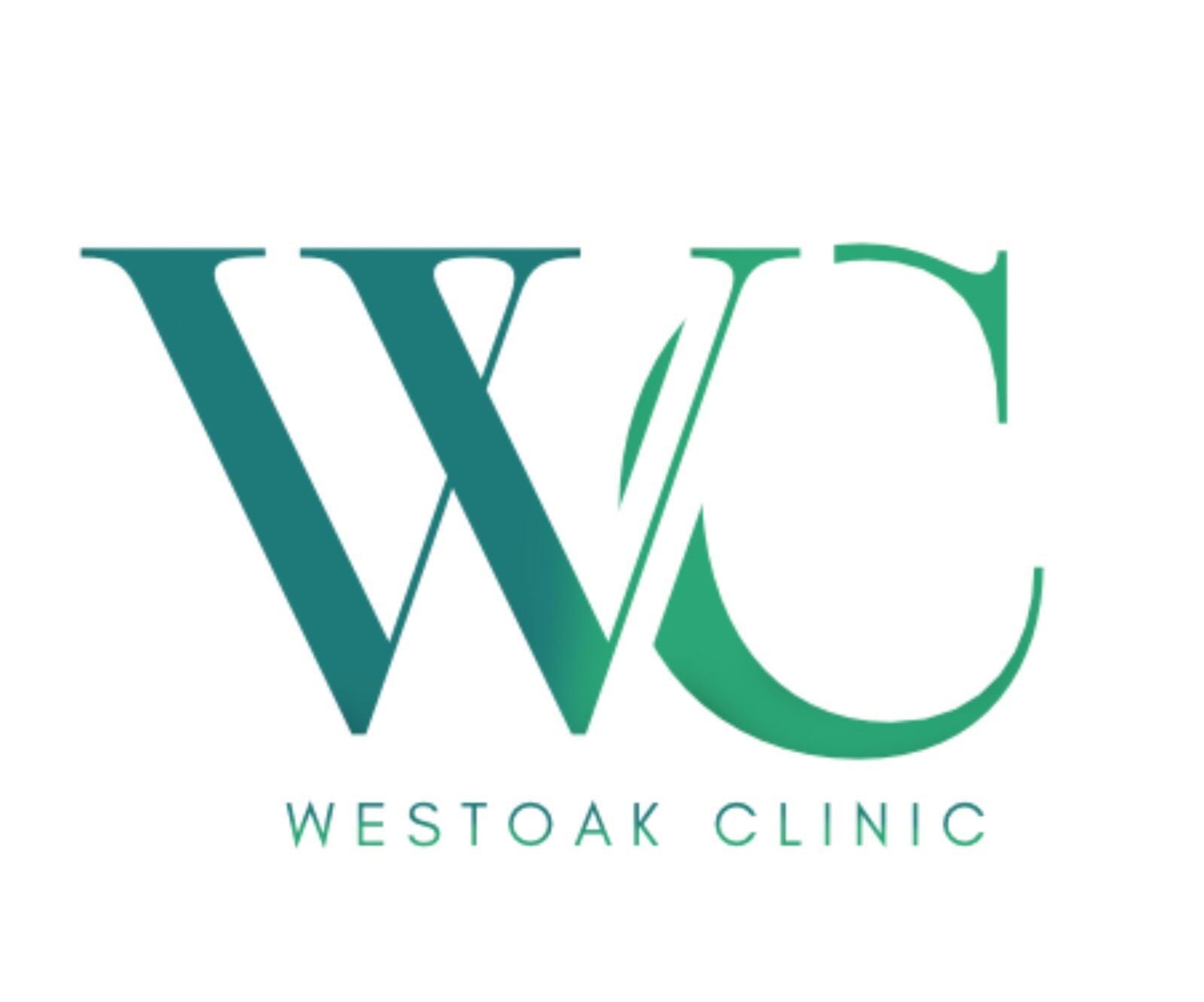What are the Signs of ADHD in Adults?

Challenges in maintaining attention

Being Easily
distracted

Challenges with organisation

Being
Forgetful

Challenges with following instructions

A tendency to lose belongings

Appearing not
to listen

A need to move and fidget about

A tendency to interrupt
others

Often loud or generally noisy

Challenges with waiting their turn

Excessive movement
or gesturing

Challenges in maintaining attention

Being Easily
distracted

Challenges with organisation

Being
Forgetful

Challenges with following instructions

A tendency to lose belongings

Appearing not
to listen

A need to move and fidget about

A tendency to interrupt
others

Often loud or generally noisy

Challenges with waiting their turn

Excessive movement
or gesturing
The Different Types of ADHD Diagnosis
ADHD (Attention Deficit Hyperactivity Disorder) is a lifelong condition that affects how people manage their attention, focus, and sometimes their level of activity or impulse control. It’s important to know that these differences are present from birth and are caused by natural variations in how the brain develops. ADHD is very common, and every individual’s experience with it is unique.
ADHD Combined Type
This type of ADHD includes symptoms of both inattention and hyperactivity-impulsivity. People with Combined Type may find it hard to focus, follow through on tasks, stay organised, or manage time effectively - while also experiencing restlessness, impulsive decision-making, or difficulty sitting still.
Understanding this presentation can be an important step in managing its impact on your daily life, work, and relationships. At West Oak Clinic, we're here to help you gain clarity and find tailored support that fits your needs.

ADHD Inattentive Subtype
This subtype of ADHD is characterised primarily by difficulties with attention, focus, and organisation. People with inattentive ADHD may appear forgetful, easily distracted, or struggle to follow through on tasks - especially those that are repetitive or mentally unstimulating.
Unlike the hyperactive type, high energy or impulsivity may not be prominent day-to-day, which can make this presentation harder to recognise. However, its impact on daily functioning can still be significant.

ADHD Hyperactive Subtype
This subtype is marked by high physical energy, restlessness, and a constant drive to move or act. Individuals may talk excessively, find it difficult to sit still, or act impulsively - often speaking or doing things without pause for reflection.
As people grow older, outward hyperactivity may appear to lessen, but the mental restlessness and fast-paced thinking often remain. These impulsive behaviours can sometimes pose challenges in daily life, relationships, and work settings.
Understanding this presentation is key to learning how to manage it effectively - and we’re here to help.

Why?
There are many reasons why you might choose to have an ADHD assessment. A diagnosis can offer valuable insight into how your mind works, helping you better understand your unique traits and the challenges you may face. It can also open the door to a greater sense of self-understanding.
During Assessment
We guide you through each stage with care, delivering tailored recommendations to support your next steps and informed decisions.
What's Next ...
For many people, going through this process brings a deep sense of relief and recognition. It helps put past experiences into context and can provide a new perspective on how to approach work, relationships, and daily life.
A formal diagnosis can lead to personalised support and helpful resources. Most importantly, it can help you feel understood moving forward.
Book an Appointment

No Referral Needed
Flexible Scheduling
Expert Clinicians
Confidential Support
Your Questions, Answered.

Unsure Whether to Book?

